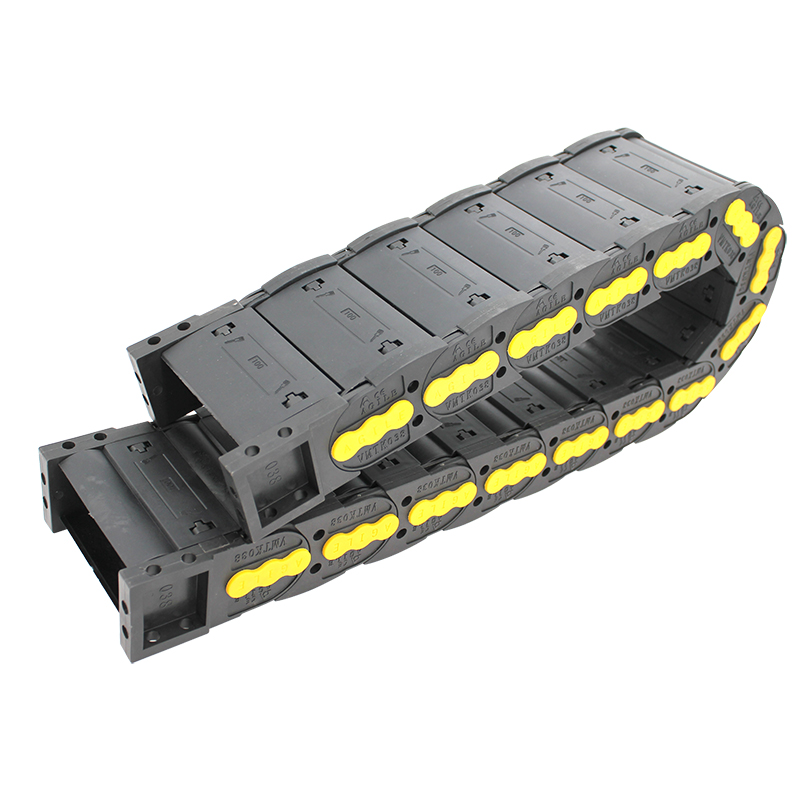synchronous belt pulley
Understanding Synchronous Belt Pulleys An Essential Component in Mechanical Systems
Synchronous belt pulleys play a pivotal role in numerous mechanical systems, from automotive engines to industrial machinery. They are integral in ensuring efficient power transmission, maintaining synchronization between various components, and enhancing overall system reliability. This article delves into the construction, working principles, advantages, and applications of synchronous belt pulleys, illuminating their importance in modern engineering.
What is a Synchronous Belt Pulley?
A synchronous belt pulley is a type of pulley that operates in conjunction with a synchronous belt. Unlike traditional V-belts, which rely on friction to transmit power, synchronous belts employ teeth that fit precisely into corresponding grooves on the pulley. This design allows for a direct engagement between the belt and pulley, providing a reliable means of transmitting rotary motion and power with minimal slippage.
Construction and Design
Synchronous belt pulleys are typically made from durable materials, including aluminum, plastic, or steel, depending on the application's needs. The pulleys have teeth that are designed to match the pitch of the synchronous belt, ensuring a perfect fit. The selection of the number of teeth on the pulley is crucial, as it influences the torque output, speed ratio, and overall performance of the system.
Designers often optimize pulleys for various factors, including load requirements, speed, and the operational environment. Some systems might require pulleys with a high number of teeth to reduce operating speeds, while others may favor fewer teeth for higher speeds. Additionally, pulleys may come in different sizes and diameters to accommodate various belt lengths and tensioning requirements.
Working Principles
The operation of synchronous belt pulleys is based on the principle of positive engagement. As the motor drives the pulley, the teeth of the belt mesh with the grooves of the pulley, effectively translating rotary motion into linear movement or vice versa. This direct connection minimizes slippage and maintains precise timing between interconnected components, an essential factor in applications requiring strict synchronization, such as in automotive timing kits or robotics.
The ability to hold precise timing makes synchronous belt pulleys a preferred choice for applications involving camshaft timing in engines, where even slight discrepancies can lead to performance issues or engine damage
. Additionally, they offer the advantage of quieter operation compared to other belt systems, attributed to their design and material characteristics.synchronous belt pulley

Advantages of Synchronous Belt Pulleys
1. Precision Timing The key advantage of synchronous belt pulleys is their capability for precise timing. This makes them ideal for applications where the synchronization of components is critical. 2. High Efficiency Synchronous belts transfer power with minimal energy loss due to their low slippage characteristics, leading to increased efficiency in power transmission.
3. Reduced Maintenance With fewer moving parts and no need for lubrication, systems utilizing synchronous belt pulleys tend to require less maintenance and have longer service lives.
4. Versatility Synchronous belt pulleys are available in a variety of sizes, configurations, and materials, allowing them to be tailored to meet diverse application requirements.
5. Quiet Operation These pulleys typically produce less noise than traditional belt systems, contributing to a quieter working environment.
Applications
The applications of synchronous belt pulleys are extensive and span multiple industries. In automotive engineering, they are used in timing systems, aiding in the synchronization of camshafts and crankshafts. In industrial machinery, they drive conveyor systems, machine tools, and robotic arms, ensuring consistent and efficient operation. Other applications can be found in printers, 3D printers, and packaging machinery, where exact timing and reliability are paramount.
Conclusion
Synchronous belt pulleys are more than just components; they are vital to the success of many mechanical systems. Their ability to facilitate precise movement, coupled with their durability and efficiency, makes them invaluable in various sectors. As technology advances, the demand for more efficient and reliable power transmission solutions will continue to grow, ensuring that synchronous belt pulleys remain at the forefront of mechanical engineering innovation. Understanding their design, function, and applications can significantly enhance system performance and reliability in modern machinery.








